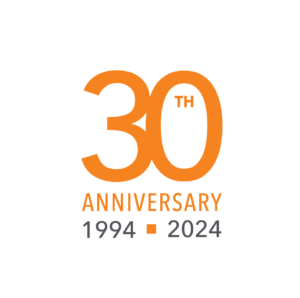
EVENTS
Shaping light – the products. Part 1
Words by: WE-EF
Part 1
The introduction of LED six years ago marked a new era for lighting, particularly external lighting. The new technology offered tremendous flexibility including opportunities for infinite colour variation, a wide range of wattages and beam distribution, and advanced control options ranging from simple power-saving dimming systems to complex asset management. But LED also created a range of new challenges across all aspects of the industry, from manufacturing and application, to transportation and installation. WE-EF LED offerings evolved quickly – not least because of the feedback from Australia and the north-east in particular.
Peter Harrison, founding director of Raylinc Lighting in Brisbane, has been involved with WE-EF from its beginning in Australia and New Zealand. Peter describes how electrical surges from lightning were an early concern for LED street lighting in Queensland, an area of the world with frequent electrical storms, as versus Europe, where they are much rarer. Nevertheless, Queensland became a world leader in the uptake of LED lighting. Local councils were keen to try a promising and flexible lighting option at a time when the economy was strong from mining revenue.
Queensland has had the highest density per capita of WE-EF products in the world. Although the economy has softened recently, LED has improved enormously in durability as well as control equipment, product design, manufacture and handling, and Harrison has extended sales to PNG and elsewhere, where WE-EF products have a unique position.

WE-EF technology has also been used to enhance the urban identity of Townsville, albeit not through lighting a newly built urban design, but rather one very ancient natural feature. Raylinc helped Townsville City Council relight the iconic rock face of Castle Hill, replacing an installation that had been running for almost 30 years.
The new lighting had to withstand long running hours and a rigorous design brief, not only providing aesthetically pleasing illumination for the rock, but containing light spill to the road below and nearby residences. The solution was twelve FLC141 36 W LED narrow beam 3000 K projectors fitted with glare shields. They were stacked on either side of a column to reduce visual impact to the area. The new installation also enhanced the colour of the rock face, something that until then had not been a key consideration. (Photo from WE-EF archive)

Peter Harrison of Raylinc is keenly aware of the importance of research and development. With the reliability of LED technology established, there are new manufacturers entering the market and the ability to quickly respond with new features and benefits, while being sensitive to market expectations, is vital. This in no way means compromising the product quality for which WE-EF is very well known, but being proactive in scoping where innovations can be made in the near future will continue to enable WE-EF to demonstrate persuasive value for money and inspire new clients with new project possibilities. (Fogarty Park, Cairns, QLD. Photo by Jackie Chan)
To be continued.

